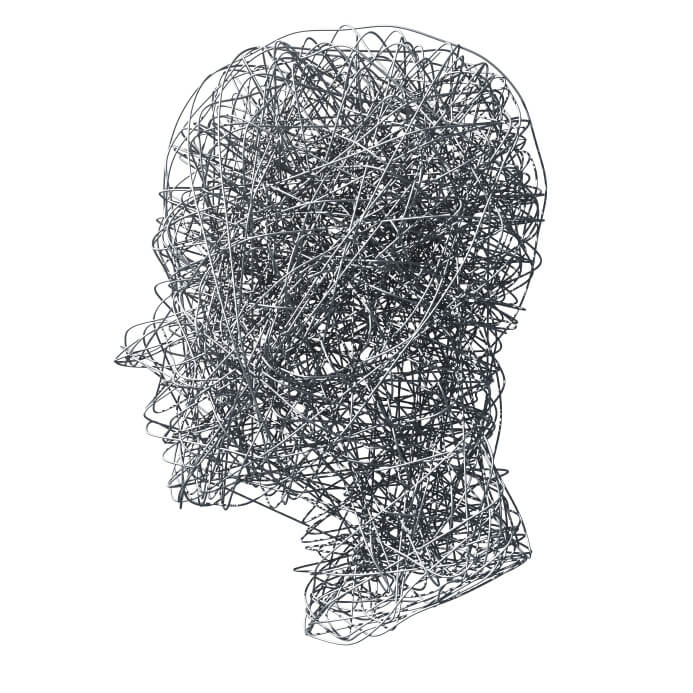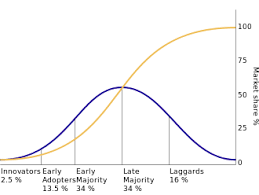It is now clear that the human brain is immensely complex and interconnected with much of its work unknowable and mysterious. This is hard for us to accept as individuals, including myself, and continues to be hard for the market research industry to accept.too Perhaps that is why very little fundamental change has occurred.
While there have been great leaps in the technological interfaces used to collect data from research participants (and hurray that 2014 finally appeared to be the year that mobile data collection really took off), the fundamental processes have not undergone the radical changes that they need.
Although neuroscience has given us some approaches to measuring some of what happens inside the brain, it remains limited in its practical application to everyday business problems. So how can market research do better in its everyday interactions with customers, consumers and businesses?
I have often written about the need to move away from question and answer approaches. For this article, I’ve limited myself to five key challenges, and can hopefully provide some pointers to alternative approaches that better match the reality of human decision-making.
- Most decisions are made outside consciousness and, as Timothy Wilson says, “We are strangers to ourselves”. Does this make it impossible to understand what happens outside our consciousness? While it means that we cannot rely on self-reporting or introspection to provide answers, there are ways to short-cut the conscious (aware) brain and speak directly to the unconscious, by engaging it directly to create behaviors and choices without conscious intervention.
- Recognition is better than recall, and the implicit brain knows instinctively when things are familiar. This tells us that asking open-ended questions without a clear context or scenario can be fruitless, and that it is often more useful to see how people respond to something intuitively than to ask them ‘what they think’ about a topic.
- The majority of thinking and all feeling is non-verbal and while the unconscious brain is dominated by sensory information and physical experience (90% of which is visual), the conscious brain is much more engaged in language exchange. It is clear that language cannot capture our non-verbal experience, and there is much evidence that in fact the brain translates language back into the language of experience in order to understand abstract concepts.
- We do what we do and we think what we think, but the two are not the same. Behaviour depends on emotions (physical) to direct it toward goals, with feelings (mental) being the final output from actions that match our needs and achieve our goals. Thinking comes very late in the day, and is a mental story that we tell to make sense of what happens, not an explanation of cause and effect.
- Stories are simulations of alternative realities, helping us understand how things can be different and to learn how to react to different events in the environment as well as make sense of our world in terms of a unified ‘world view’ with a consistent portrait of ourselves, cleansed of the inconsistencies and contradictions that our self indulges in.
With these set of challenges, what can research do to get closer to the truth of human behavior and a more predictive understanding of customer decision making?
- Move towards more use of non-verbal research. While qualitative research has used projective techniques, storytelling and observation these remain less prevalent than focus group discussions (sad but true). Quantitative research is still a long way behind, and there is much more that can be done (without the need for invasive ‘neuromarketing’ approaches).
- Using physical stimulus (especially images) can help us to measure the intuitive responses (via recognition and not recall) of how people react to certain events, situations and feelings as well as brands, products and ideas. TapestryWorks has been working hard on creating standardized image banks that can measure responses against a common framework, allowing scientific rigor and hypothesis testing to be used even in the context of projective tools
- Visual imagery is often based on metaphor and analogy, which are fundamental to human thought and the way in which the brain can understand new concepts and ideas in terms of things that it already knows. Reactions to visual stimuli are based on recognition and implicit memory much more than recall and explicit memory.
- Although much of market research is very passive in the way data is collected, sometimes provoking a response and using ‘emotional’ language can be a good tool if it helps get a real and honest response (good or bad). I’ve recently been using the semiotic approach of asking people to make fast binary choices to cut through to their core implicit beliefs and associations.
- One way to provoke responses is to paint scenarios and ask research participants to simulate a situation. If done in concrete and specific terms this can yield rich results. In several recent studies, TapestryWorks has used a set of Visual Think Cards to ask participants to imagine how they feel before, during and after using a brand. The responses all lead to clear visual stories that help people to articulate what can be very difficult to say using standard approaches.
I for one will be using more non-verbal approaches, visual provocation, binary choices and storytelling over the coming year. I hope many of you will join me in bringing research closer to human reality in 2015.
[This post was adapted from an article originally written for Asia Research Magazine.]








